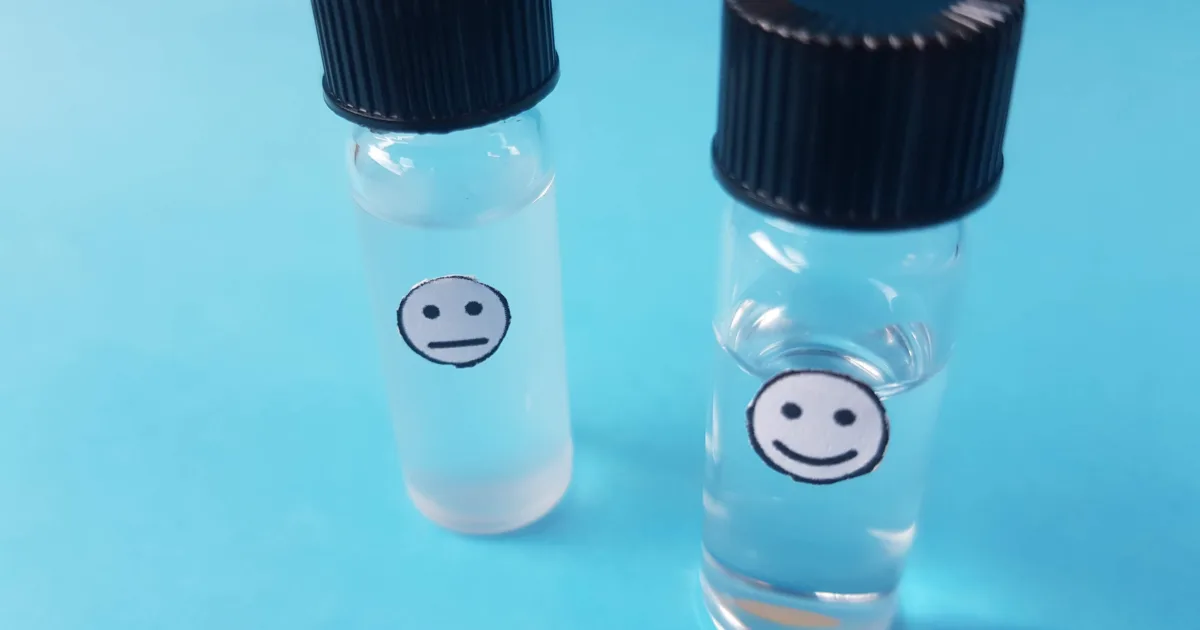Our client was worried because just when they were about to launch a new product, they found unwanted precipitation from some excipient batches during manufacturing. The spectroscopic methods that they were routinely using could not distinguish between a good excipient batch not causing precipitation, and a bad excipient batch doing so. Both good and bad batches were within all specification limits. The detective work necessary to find the origin of the precipitation was a perfect task for CR. The aims were to find the origin of the precipitation and suggest an analysis method for how to detect a bad excipient batch at an early stage.
Our client first ordered a CR Analysis Large project, one of our shorter projects variants. None of the techniques 1H-NMR, diffusion NMR, FTIR or HPLC could distinguish between a good and a bad batch… However, while the fancy techniques didn’t provide much hope, we did not give up. Instead, we went into the lab and checked a new hypothesis with a more simple dissolution test and this showed a distinct difference!
This led to a new and more extensive project to make a deeper analysis of the excipient batches; by using MALDI- and LC-MS we were able to explain the origin of the precipitate. With our findings and suggestion of an early-stage detection of a bad excipient batch, the client is able to explain their control strategy to the regulatory authorities.
The results of the projects were highly appreciated by our client: “I am impressed about the outcome of your investigations. With this success, we are able to install a control strategy to have the risk under control. This is exactly what FDA requests with the QbD approach. […] I will share this example with the other teams to demonstrate the very good collaboration with CR Competence!”


